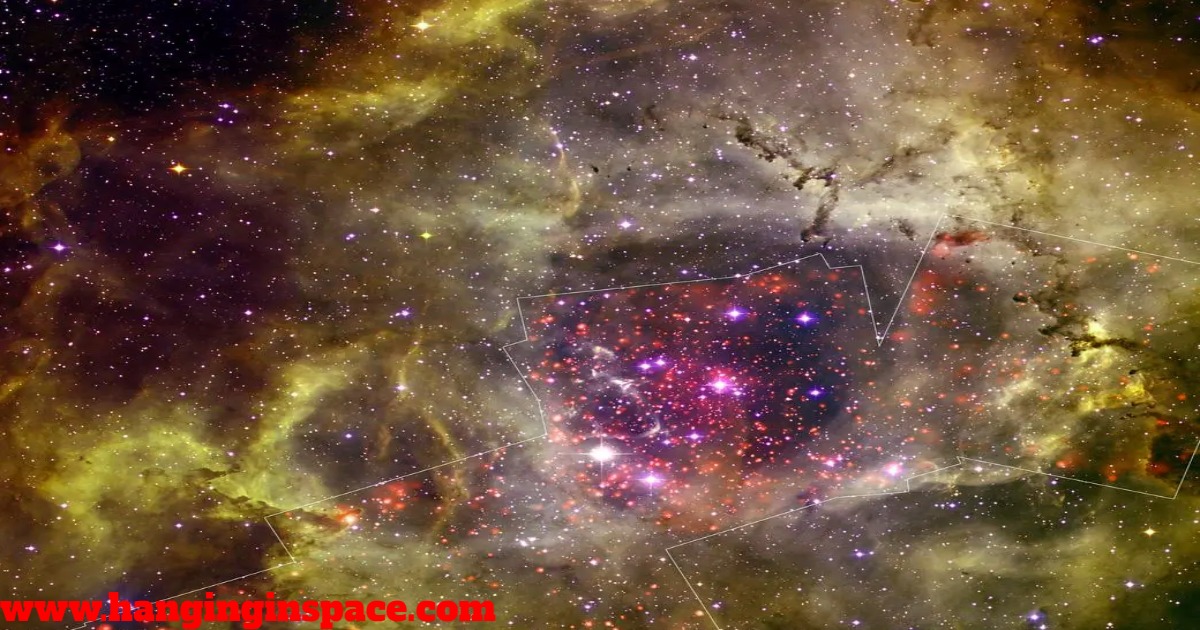We will discuss the top 10 wonders of space, also known as the top 10 wonders of the universe. From J1407b’s magnificent rings to the radiation beams of pulsars, space is mind-blowing and full of wonders. These sights fill us with excitement about the unknown and a humbling realization of our place in this vast and amazing universe.
J1407b (Super Saturn)’s Rings:

J1407b, nicknamed “Super Saturn,” holds the record for the most massive ring system ever discovered. These colossal rings, estimated to be 90 million kilometers wide (dwarfing Saturn‘s by a factor of 657), are likely composed of icy particles and dust.
Their origin story remains a mystery, but gaps within the rings hint at the potential presence of exomoons that sculpt and interact with this awe-inspiring planetary adornment. J1407b’s Rings are among the top 10 wonders of space or the top 10 wonders of the universe.
The Pillars of Creation:
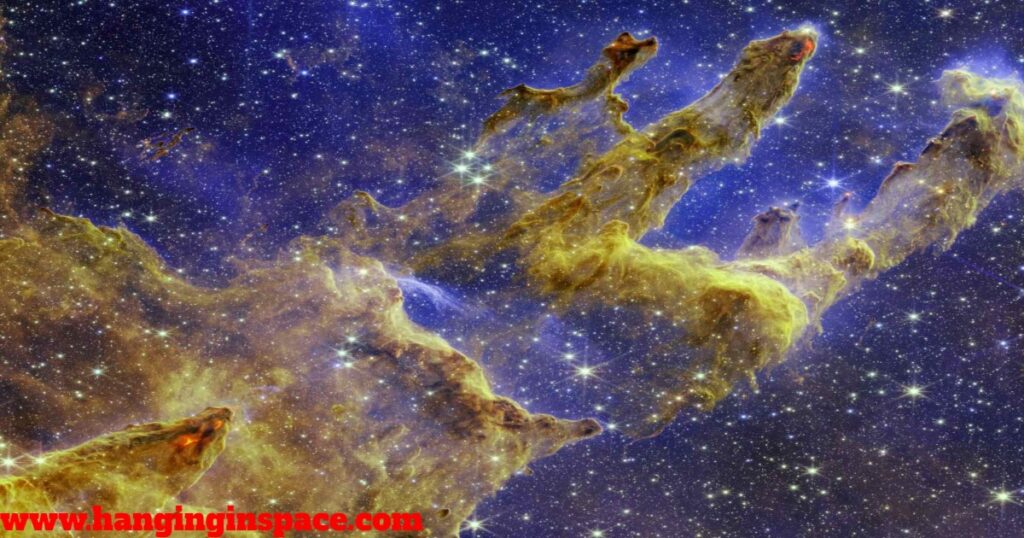
The Pillars of Creation are towering columns of gas and dust within the Eagle Nebula, a massive star-forming region. These finger-like structures are sculpted by powerful winds and intense radiation from nearby young stars. The dark wisps within the pillars are dense pockets where new stars are igniting, while the glowing tendrils showcase the ongoing process of star formation.
This iconic image, captured by telescopes like Hubble and Webb, is a testament to the delicate balance between creation and destruction in the cosmos. The Pillars of Creation are among the top 10 wonders of space or the top 10 wonders of the universe.
Sombrero Galaxy:
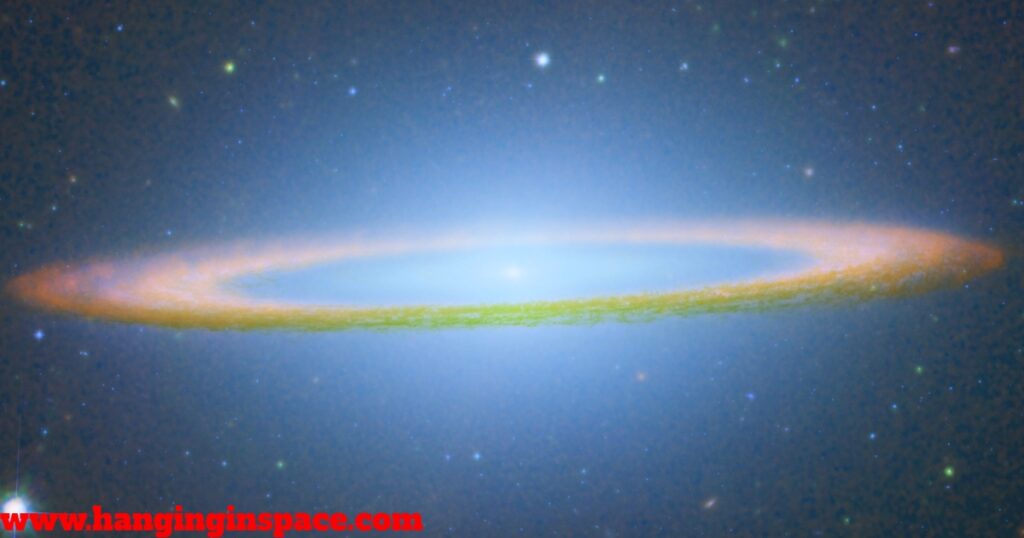
The Sombrero Galaxy, also known as M104, is famous for its distinctive shape. Nicknamed for its resemblance to a wide-brimmed Mexican hat, this spiral galaxy appears edge-on from our perspective on Earth.
This means we see the galaxy’s dusty disk and central bulge from the side, creating the characteristic hat-like profile. The Sombrero Galaxy is among the top 10 wonders of space or the top 10 wonders of the universe.
Geysers of Enceladus:
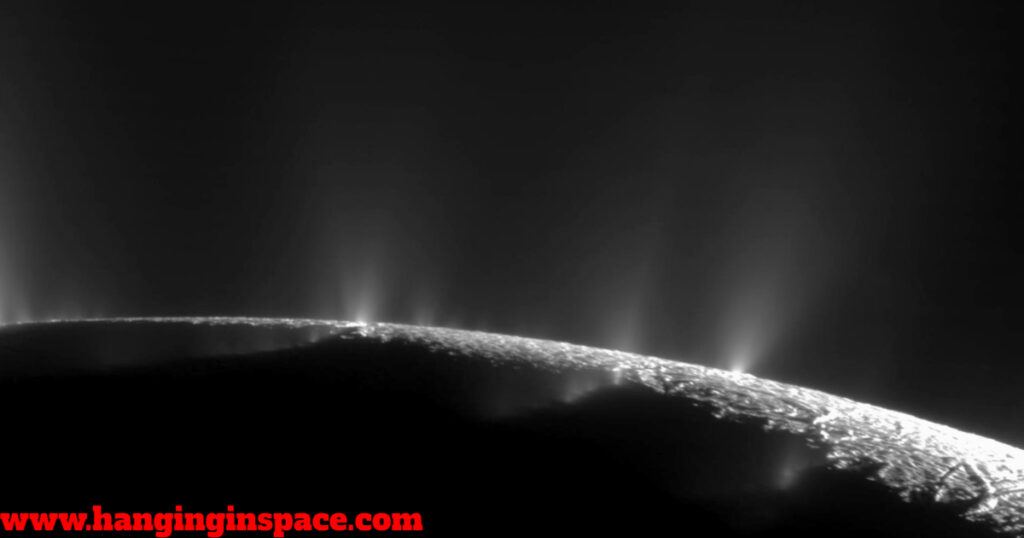
Enceladus, a moon orbiting Saturn, surprises us with geysers erupting not with molten rock, but with water vapor and ice particles. These icy geysers shoot out from cracks near the south pole, spewing material at high speeds.
This water vapor likely originates from a vast ocean hidden beneath the icy surface of Enceladus. The ongoing activity of these geysers even contributes to supplying material for Saturn’s E ring.
The source of energy powering these geysers is thought to be the tidal forces exerted by Saturn, constantly stretching and squeezing Enceladus in its orbit.
This unique phenomenon makes Enceladus a prime target in the search for extraterrestrial life, as the presence of a liquid ocean and potential hydrothermal vents could provide a suitable environment for life forms. The Geysers of Enceladus are among the top 10 wonders of space or the top 10 wonders of the universe.
Valles Marineris:
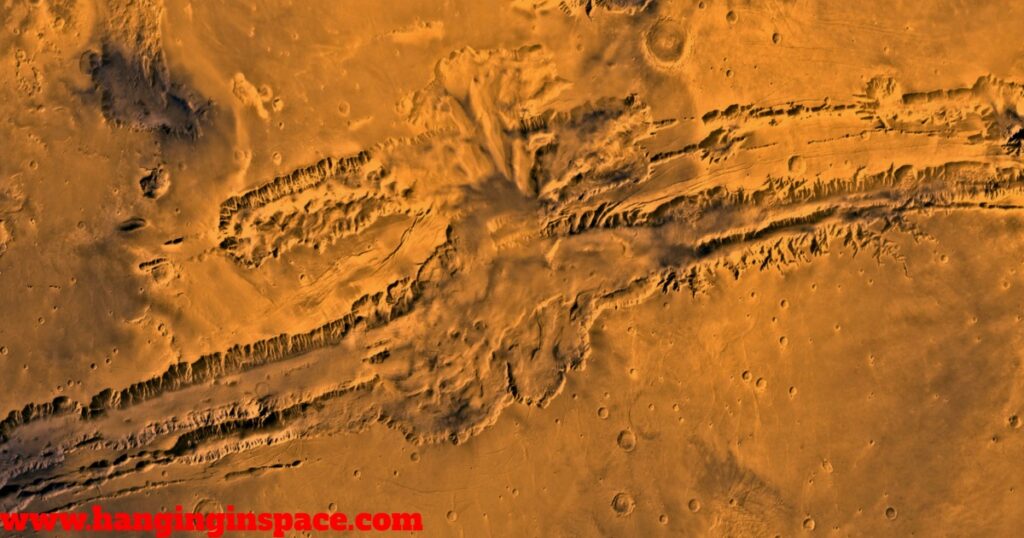
Imagine the Grand Canyon extended from New York City to Los Angeles, four times deeper, to get a sense of the magnitude of Mars‘ Valles Marineris. Valles Marineris, which stretches over 2,500 miles (4,000 kilometers) and descends up to 23,000 feet (7,000 meters) into the surface of the Mars, is the greatest in the solar system, as one might assume.
NASA believes that Valles Marineris is most likely a tectonic fracture in the crust of Mars that developed when the planet cooled. According to a different interpretation, the waterway was made by lava flowing from a neighboring shield volcano.
Acid Rain on Venus:
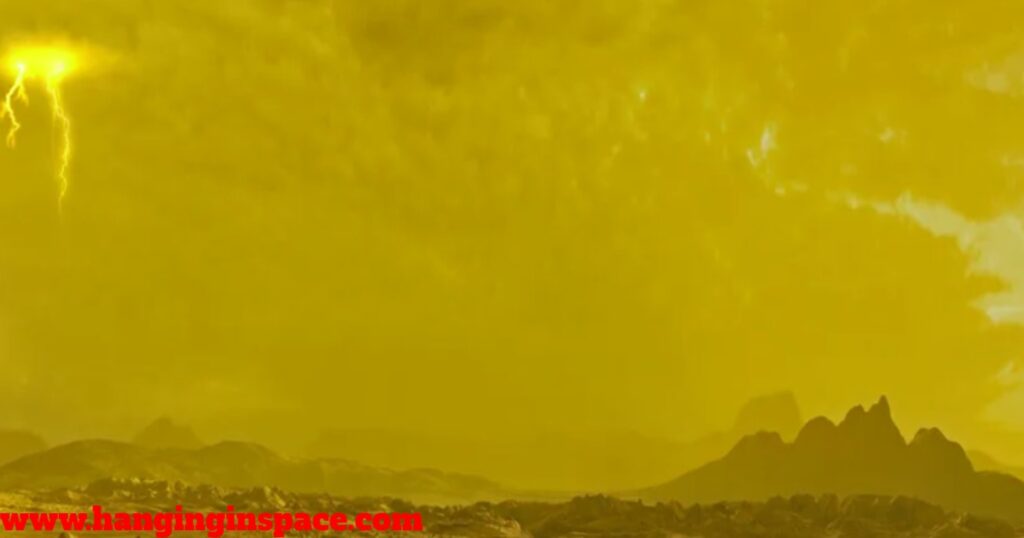
Venus, our closest neighboring planet, has a brutal atmosphere. Unlike the water-based rain on Earth, Venus experiences a constant heavy rain of sulfuric acid, making it the most acidic rain in the solar system.
This harsh mixture arises at a high altitude in the dense Venusian clouds, where temperatures are cooler. However, due to the planet’s extreme heat, with a surface temperature exceeding 462°C (hotter than molten lead), the sulfuric acid rain evaporates before it can reach the ground.
This creates a continuous cycle within the Venusian atmosphere. Sulfuric acid condenses, falls as rain, and then vaporizes before touching the scorching surface. Acid rain on Venus is among the top 10 wonders of space or the top 10 wonders of the universe.
Quasars:
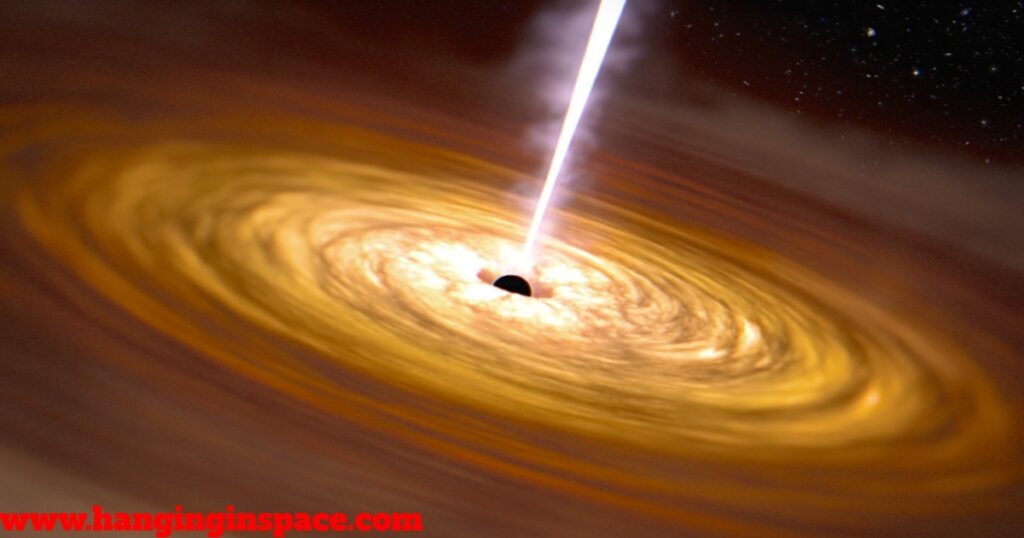
Quasars are incredibly energetic objects found in the hearts of distant galaxies. Supermassive black holes in the center of galaxies are the source of these quasars. They devour gas and dust in their surroundings. The massive energy released by this intense eating storm causes quasars to shine billions of times brighter than the Milky Way.
Quasars are extremely bright, yet they are so far away from Earth that they look dim, necessitating the use of telescopes to view them. Quasars are among the top 10 wonders of space or the top 10 wonders of the universe.
Gemma-Ray Bursts:
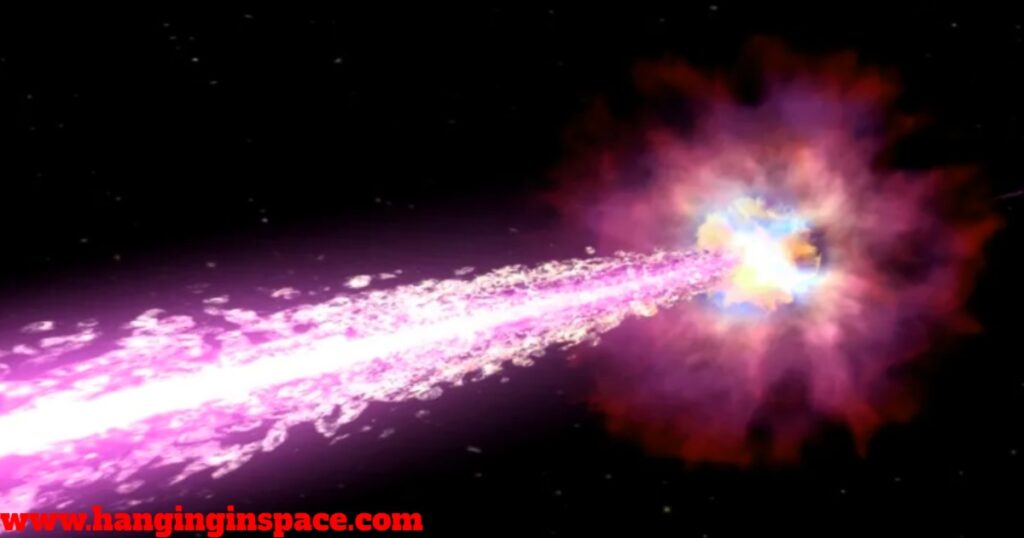
Gamma-ray bursts (GRBs) are the universe‘s most powerful explosions, releasing more energy in a few seconds than the Sun will in its entire lifetime. GRBs are incredibly bright flashes of gamma rays, the most energetic form of light, detected from distant locations in the universe.
These bursts are believed to be caused by the violent deaths of massive stars or the collision of neutron stars. GRBs are the most luminous electromagnetic events since the Big Bang.
GRBs last anywhere from milliseconds to a few minutes, making them challenging to study. Astronomers are using advanced telescopes and detectors to understand the exact mechanisms behind GRBs and their role in the evolution of the universe. Gamma-ray bursts (GRBs) are among the top 10 wonders of space or the top 10 wonders of the universe.
The Rosette Nebula:
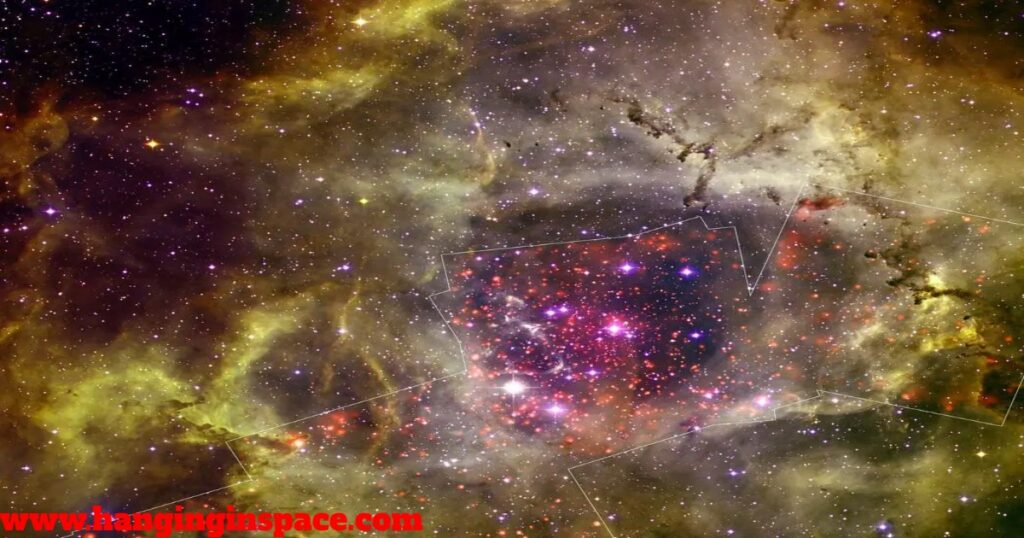
The Rosette Nebula or Rose Nebula is a beautiful nebula, a vast cloud of gas and dust where new stars are born. But what truly sets it apart is its breathtaking shape.
This nebula has a distinctive rosette-like pattern, with a central cluster of young, hot stars surrounded by wispy loops and folds of gas and dust. This intricate structure is sculpted by stellar winds and radiation pressure from the newborn stars, creating a visually stunning celestial rose.
The Rosette Nebula is also known as the Skull Nebula due to its resemblance to a human skull. It’s important to note that Skull Nebula is a nickname for the Rosette Nebula, not to be confused with another celestial object called NGC 246, which also has the nickname “Skull Nebula”. The Rosette nebula is among the top 10 wonders of space or the top 10 wonders of the universe.
Pulsars:
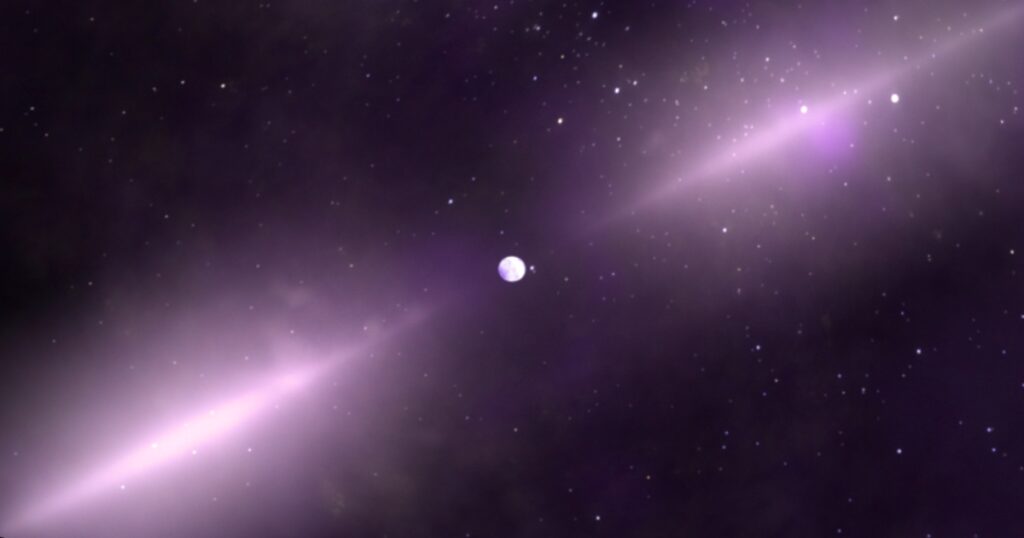
Pulsars are cosmic lighthouses, rapidly spinning neutron stars that emit beams of radiation like a giant cosmic searchlight. They don’t emit radiation uniformly in all directions. Instead, their powerful beams sweep across space like a giant lighthouse beacon due to the star’s strong magnetic field and its rapid spin.
This is why we only observe the pulsar’s signal when the beam sweeps across our line of sight, giving it a pulsing effect. Pulsars are among the top 10 wonders of space or the top 10 wonders of the universe.
Conclusion:
Space’s wonders, from distant galaxies to mesmerizing nebulae, ignite our curiosity and inspire exploration, revealing the magnificence of the cosmos.
